Introduction
Two Swedish movie legends. Ingmar admired her and his films captivated Miss GG. On a visit to Stockholm in 1962 Garbo met Ingmar, who was tempted to ask her to take a small part in The Silence.
In their brief meeting, however, the subject somehow never came up. Bergman dedicated a whole page about this meeting, in his 1988 published autobiography The Magic Lantern. His description of Garbo ended with his opinion that she had an ugly mouth.
Their Meeting in Sweden
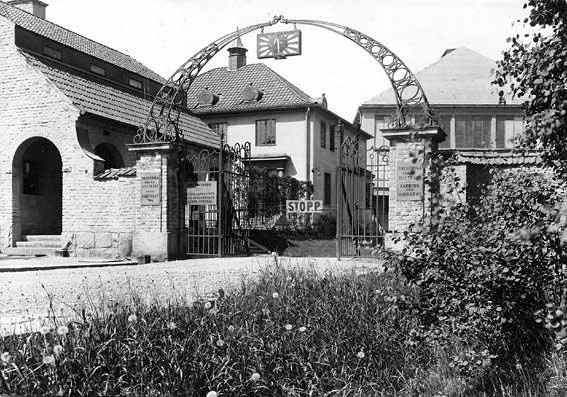
Råsunda Film studios
Garbo’s friend Countess Kerstin Bernadotte had taken her to the Svensk Filmindustri (Råsunda) studios to meet Bergman in early 1962.
Bergman recalled:
Greta Garbo and I were left alone in my modest work room.... The room was cramped, a desk, a chair and a sagging sofa. I sat at my desk, the desk lamp switched on. Greta Garbo sat on the sofa. ‘This was Stiller’s room,’ she declared at once, looking round....
Suddenly she took off her concealing sunglasses and said, ‘This is what I look like, Mr Bergman.’ Her smile was swift and dazzling, teasing....
In the half-light in that cramped room, her beauty was imperishable. If she had been an angel from one of the gospels, I would have said her beauty floated about her. ... She immediately registered my reaction, was exhilarated and started talking about her work on Selma Lagerlöf’s Gösta Berlings Saga [and about other Swedish directors].
‘Alf Sjöberg wanted us to make a film together. We sat talking in a car out in Djurgården all one summer night. He was so persuasive, he was irresistible. I accepted, but changed my mind the next morning. That was awfully stupid of me. Do you also think that was stupid, Mr Bergman?’
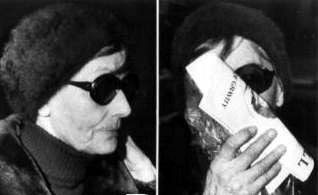
Garbo’s ‘ugly’ mouth? Miss GG in Sweden 1962 when she met Ingmar
She leaned over the desk so that the lower half of her face was lit by the desk lamp. Then I saw what I had not seen! Her mouth was ugly, a pale slit surrounded by transverse wrinkles. It was strange and disturbing. All that beauty, and in the middle of the beauty a shrill discord. No plastic surgeon or make-up man could conjure away that mouth and what it told me. She at once read my thoughts and grew silent, bored. A few minutes later we said goodbye.
I have studied her in her last film, when she was thirty-six. Her face is beautiful but tense, her mouth without softness, her gaze largely unconcentrated and sorrowful despite the comedy. Her audience perhaps had an inkling of what her make-up mirror had already told her.
GGs friend Sven Broman later wrote
Bergman later had to make doubly sure of what he saw and had a detailed look at several Garbo films in which he believed he had found evidence for this idea: there was something funny about Garbo’s mouth. Everyone has described Garbo as divine, as perfect of form, a woman whose beauty was immaculate, and so on.
What did Garbo think about his autobiography?
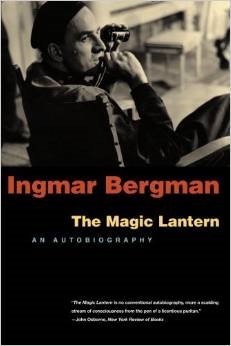
His autobiography
Barry Paris (Garbo, 1995) wrote that she had enjoyed their meeting in 1962 but it is said that she was devastated to read Bergman’s account of it in his autobiography.
Sven Broman (Conversations with Garbo, 1992) wrote she was thrilled by it. He asked her what she thought of Ingmar Bergman’s book.
GG: ‘It’s quite superb,’ she pronounced her verdict with conviction.
SB: ‘But he didn’t exactly like your mouth, did he?’
GG: ‘Poch! He can think what he likes.’ Garbo had no difficulty in stomaching his comment.
SB: ‘But what about the rest of the book... don’t you find Bergman enormously selfobsessed? He’s got a stomach‑ache the whole way through the book, hasn’t he?’
GG: ‘He’s quite right, Ingmar Bergman. That’s what life is like. And as for me, there's hardly been a single day in the whole of my life when I have felt completely well. The only thing that was odd about Bergman was that he used to laugh a bit hysterically. He had an ugly laugh.’
GG: ‘When I visited Bergman in Råsunda he gave me a present, a mascot: a little bear made of wood that one of his children had carved. That is the best present I ever received.’
She returned some time later again to the discussion about Ingmar Bergman and told him ‘But Mr Broman, we shouldn’t be too critical, we should be understanding.’
Garbo in a Bergman film?
It is said that he made her two movie offerings in 1962 and another one in 1977 but sadly nothing turned materialized of course.
Garbo liked his movie style and told Broman: “I do not particularly like banal love stones turned into films – whether it is me or someone else who figures in them. Ingmar Bergman managed to make films that have to do with the real world. Just imagine if I had ever been able to be involved in something like that.!”
So what films did he had her in mind for?
‘Tystnaden’ aka ‘The Silence’ (1962)
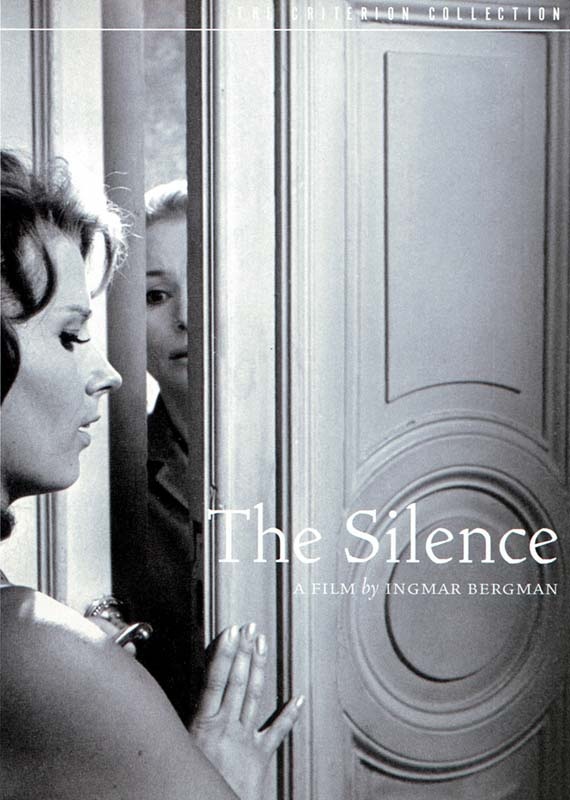
Filmposter from the 1963 film
Ingmar Bergman wrote the story about the emotional distance between two sisters. The director/writer asked Garbo to appear in this picture, which would have been her first Swedish-speaking role. The film was released in 1963.
‘Höstsonaten’ aka ‘Autumn Sonata’ (1977)
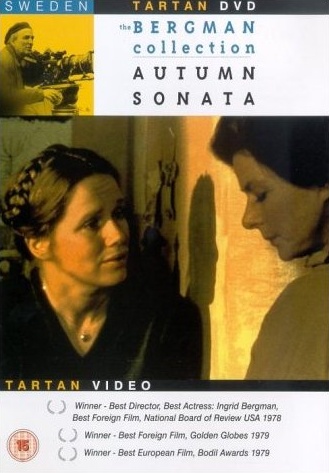
DVD cover art
Another rumor is that Ingmar Bergman, offered Garbo a role in this movie. Garbo declined and Ingrid Bergman got the role. The film was released in 1978 and a critical success.
Bergman on GG and why she left Hollywood
Long time after their meeting, Bergman was asked why he thought she had left the movies, Bergman replied, "Because she was humiliated by Hollywood."
Garbo loved ‘Såsom i en spegel’ aka ‘Through a Glass Darkly’ (1961)
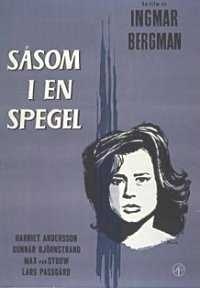
In the 1980s, she mentioned to Sven Broman, Ingmar Bergman’s film, Såsom i en spegel. She said that this was the best film she had ever seen. Bromann had asked her then what especially had fascinated her.
She had said, ‘Mirror (aka Through a Glass Darkly), as the film is called in English, is the truest film I have ever seen. Life is just like that. I have seen the film twice in New York. And I’d like to see it again. I would be very grateful, Mr Broman, if you could help to arrange for me to see it.’
Broman had been more than happy to do so. He got in touch with the Museum of Modem Art in New York by telephone from Stockholm. It was easy to arrange the showing of the film. She thanked him but said that she was not up to it at the moment. It would have to be another time.
The movie is in part an attempt to give shape and substance to the problems of the artist’s search for truth, of his relationship with his audience, and of artistic failure and superficial success.
Broman wrote that had never succeeded in getting Garbo to develop her own thoughts on these questions, which is why he had been so looking forward to going with her to see the film.
From the little Garbo said, he understood that Ingmar Bergman had given artistic form to a problem that had been preoccupying her for a long time: that of the artist who compromises his art in order to captivate the rest of the world and in doing so risks losing himself.